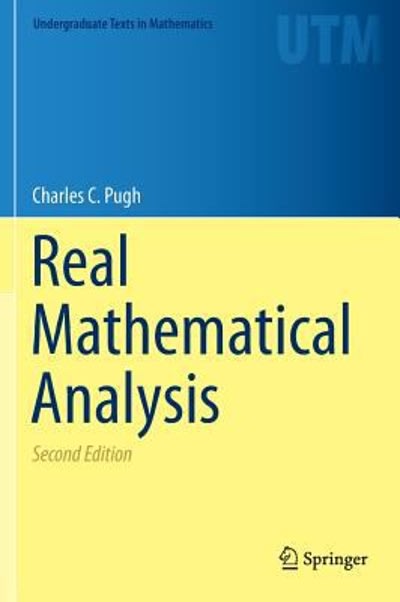


Answer all of the following
Question Three Suppose that two balanced dice are rolled. Determine and sketch the probability distribution of each of the following random variables. 1. Let X denote the absolute value of the difference between the two numbers that appear. 2. Let Y denote the product of the two numbers that appear. 3. Let Z denote the number of even numbers that appear. Question Four Suppose that you have just purchased a new battery for your smoke detector, and the life of the battery is a random variable X, with pdf fx(x) = ke-=/B where r E (0, co). Assume that t and s are real non-negative numbers. 1. Use the properties of a pdf to find the value of k. 2. Find an expression for P(X > t). 2 3. Find an expression for P(X 2 t + s|X 2 8). 4. Suppose that your batteries have lasted s weeks without dying. Based on your above answers, are you more concerned that the battery is about to die that you were when you first put it in? Question Five Suppose we investigate the pattern of genetic inheritance for the color of an exotic flower which has either blue or red blossoms. Since the flower lives in a close symbiotic relationship with the very shy squirrel monkey which can't be held in captivity, there is no way of doing a controlled laboratory experiment to answer the research questions. Each flower carries the color genes of both its "father" and its "mother," so its genetic information can be described as a pair of genes (GM, GF) as given by the following table: "Father" B R "Mother" B (B,B) (B,R) R (R,B) (R,R) The phenotype corresponding to red blossoms, R, is said to be dominant if any flower which contains at least one gene of the R type (e.g. the combination (R,B)) has red blossoms. Either the blue or the red phenotype is dominant, but before having seen a single specimen of the flower, we think that each possibility is equally likely. 1. Suppose we know beforehand that the R and the B alleles are equally frequent, i.e. Pi(B) = Pi(R) = , for i = F, M, and independent across the "parents," i.e. PFM(GF, GM) = PF(GF)PM(GM). If the blue phenotype B is dominant, what is the probability that a given specimen of the flower has red blossoms? What is the probability of red blossoms if the R is dominant? 2. It takes a lot of effort to find a single specimen of the plant, so all a well-funded two-month expedition by a team of MIT botanists to the Amazon could gather was a sample of 15 flowers. If R is dominant, what is the probability of 9 out of the 15 flowers having red blossoms? 3. Our expedition did in fact return with a sample of 9 red and 6 blue blossoms. Given that, what is the likelihood that the red phenotype is dominant? 4. At the same time, there is a lonely graduate student working in the same area for two entire years on the same research question. The graduate student is totally cut off from the outside world and doesn't know about the other expedition's findings yet, but bases his inference solely on his own sample. What is his posterior probability of R being dominant given that he found N flowers, out of which z have red blossoms? Show that this probability does not depend directly on N, but only the difference between the number r of red blossoms, and the number N - r of blue blossoms.Question One Let X be a random variable that is uniformly distributed on [0, 1] (i.e. f(x) = 1 on that interval and zero elsewhere). In Problem Set #4, you use the "2-step"/CDF technique and the transformation method to determine the PDF of each of the following transformations, Y = g(X). Now that you have the PDFs, compute (a) Elg(X)], (b) g(E[X]), (c) Var(s(X)) and (d) g(Var(X)) for each of the following transformations: 1. Y = Xi, fr(y) = 43 on [0, 1] and zero otherwise. 2. Y = e-*, fr(y) = } on [:, 1] and zero otherwise. 3. Y = 1-e-*, fy(y) = 1ly on [0, 1 - ] and zero otherwise. 4. How does (a) Elg(X)] compare to (b) g(E[X]) and (c) Var(g(X)) to (d) g(Var(X)) for each of the above transformations? Are there any generalities that can be noted? Explain. Question Two Compute the expectation and the variance for each of the following PDF's. 1. fx(x) = ar-1, 0
0. 2. fx(x) = 1, I = 1,2, ...,n, where n is an integer. 3. fx(x) = (x - 1)2, 0 0 is at least 95%? Assume the sample averages for the treatment. and control groups are normally distributed. Do this for general :5 and then evaluate it for ti = H3005 and ti = 230.10. Are these values of N large? Comment on the results












